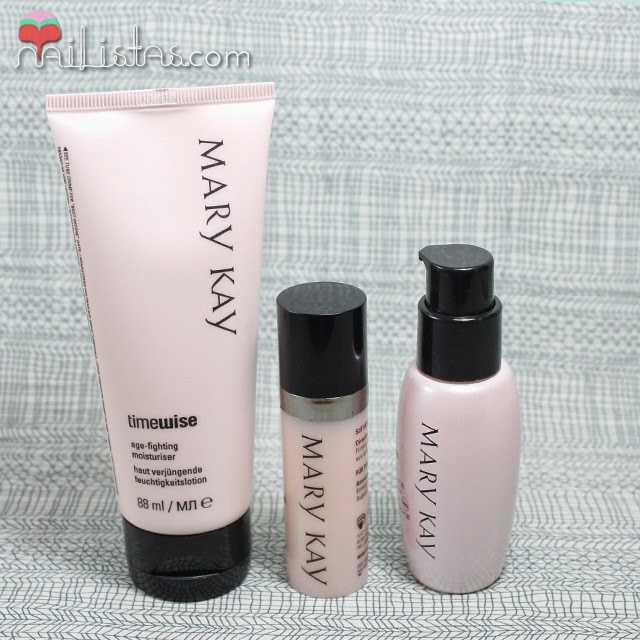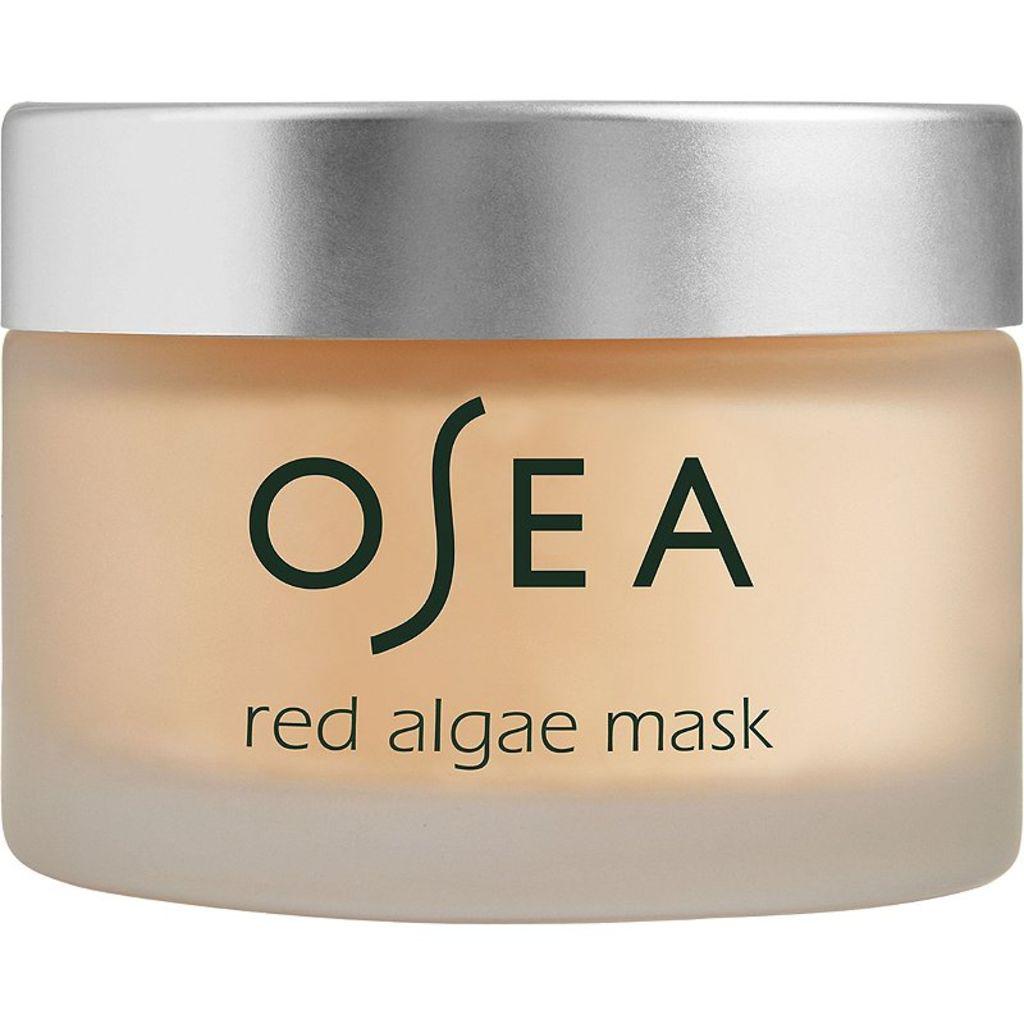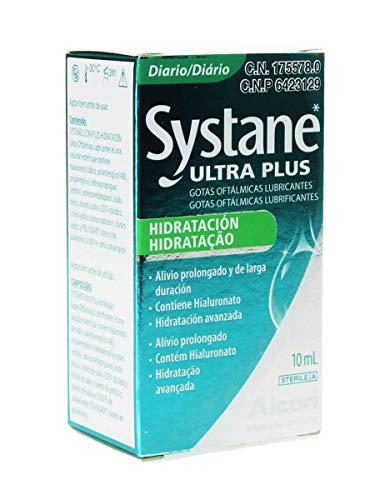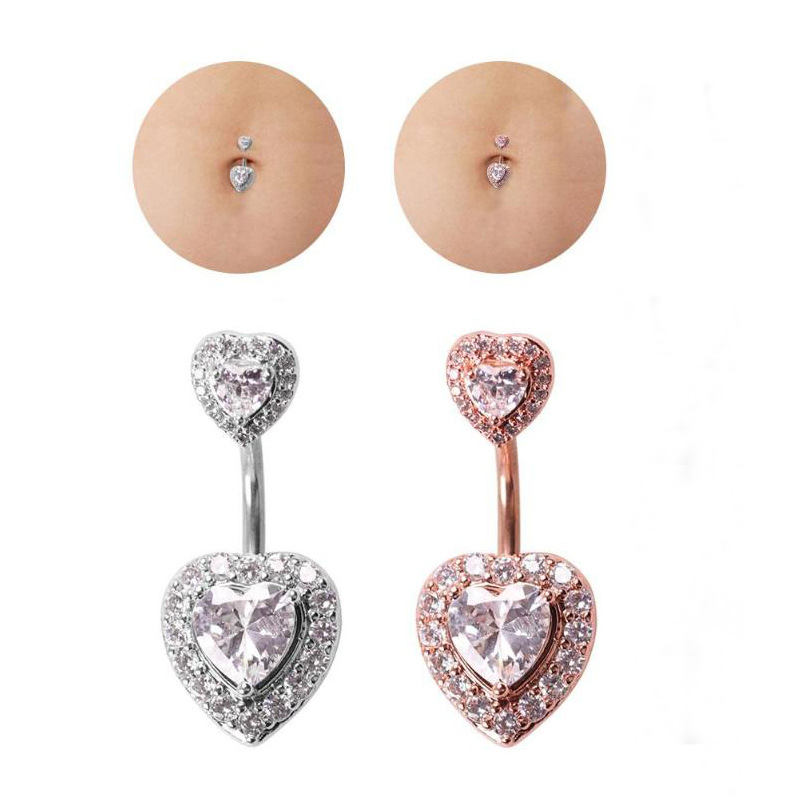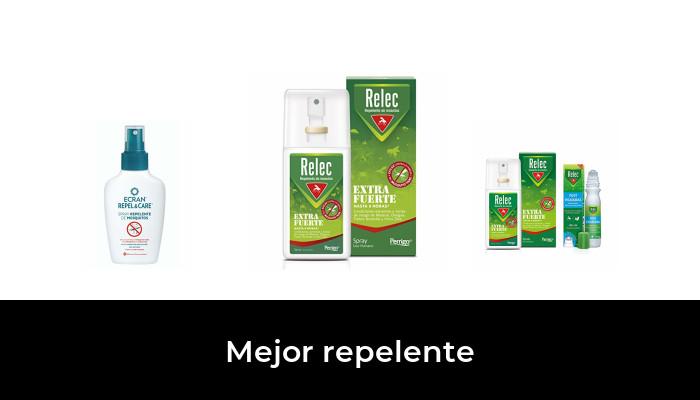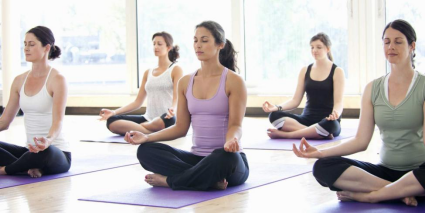New treatments in acne
Basic concepts
What is acne?
Acne is a pathology that affects the proper functioning of the pilosebaceous unit. It occurs in outbreaks, so we are talking about a chronic disorder that, due to its aesthetic component, can negatively impact the self-esteem of the person who suffers from it.
Acne has an important hormonal condition (it is very frequent in adolescence, in adult women during the premenstrual days and in pregnancy), and to this we must also add the weight of its genetic component.
The factors currently identified in the appearance of acne are the following:
For effective control of active acne, these four factors must be corrected.
How does acne manifest itself?
Acne has three clinical manifestations: non-inflammatory lesions, inflammatory lesions, and scarring lesions.
The first ones are called «comedones», which can be open or closed. The "open comedone" or blackhead occurs when the sebum and keratin located in the follicle are oxidized. On the contrary, when the follicular canal is obstructed, causing a small mound on the skin, we speak of a "closed comedone". This first stage is typical of mild acne.
However, in more advanced stages acne lesions enter an inflammatory stage, and then we speak of "papules" and "pustules". The papule is characterized by presenting an erythematous halo without purulent content. In the pustule, in addition to the inflammatory halo and pain, purulent content is associated. At this stage acne has a moderate character.
Nodules and cysts are also inflammatory lesions, which represent the most severe version of acne. They are deep lesions, close to the dermis, painful to the touch, with purulent content (cyst) that can cause scarring and tissue destruction. These cases are grounds for referral to the doctor.
To recognize the cases that should be referred or to recommend the most appropriate pharmaceutical indication treatment, it is important to identify the severity of the acne (mild, moderate or severe) from the community pharmacy (figure 1).
Cicatricial lesions are secondary to the lesions described above. They can be post-inflammatory hyperpigmentation (especially in high phototypes), and arise from overstimulation of melanocytes. However, hypertrophic scars (keloids) or the so-frequent atrophic scars (the so-called "ice pick") can also appear, where there is tissue loss.
Types of acne
Acne lesions can appear throughout life and for many different reasons:
Current acne treatment
Anti-acne treatment is given, first of all, by its level of severity. The most severe cases must be treated by the specialist, while the mildest cases can end up almost exclusively in the hands of the pharmacist.
Dermocosmetic care for acne (figure 2)
There is more and more evidence on the benefits of dermocosmetic care as adjuvants to pharmacological treatment, as they improve its efficacy and increase its tolerance and, consequently, favor adherence to treatment.
The recommendations that are carried out from the community pharmacy must take into account the type of acne, the type of lesion and the type of patient (age, sex, level of commitment...). The advice on adolescent acne, adult women and maskne will pursue the following objectives:
Current pharmaceutical indication assets (Table 1)
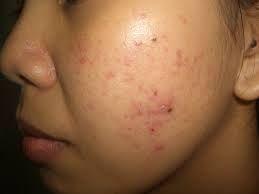
The pharmaceutical indication drug par excellence for acne is benzoyl peroxide (BPO) at 2.5, 5 or 10%. It is antibacterial, anti-inflammatory, keratolytic and seboregulatory. Improves both inflammatory and non-inflammatory lesions. Its combination with antibiotics decreases antibiotic resistance.
Some sebum-regulating active ingredients of interest to the pharmaceutical council are salicylic acid, niacinamide, zinc gluconate, azelaic acid, bakuchiol, sulfur, resorcinol and vitamin B6.
Exfoliating active ingredients are very important in anti-acne routines:
Some antibacterial agents include triclosan, tea tree oil, and bakuchiol.
Regarding agents with anti-inflammatory activity, we can mention salicylic acid, zinc gluconate, niacinamide, azelaic acid at low concentrations, beta-glycyrrhetic, aloe vera, green tea, chamomile extract, turmeric and alpha-bisabolol.
Other active ingredients of interest due to their mattifying capacity, which prevents the formation of shine, are silica, copper, kaolin, bentonite, ghassoul, zinc oxide and activated carbon.
A THREAD on how to get /information free diapers/wipes/baby formula/ housing/ domestic violence hotlines/numbers, A… https://t.co/ kklUxJPOJv
— MOST HATED 💃🏽💃🏽 Thu Jul 11 19:53:17 +0000 2019
For a successful result, the assets are just as important as the final textures or the selected dosage forms. New products such as body sprays for chest and back acne are very successful solutions that have good results.
Current prescription active ingredients
Despite the importance of dermocosmetic adjuvant treatment, acne has traditionally been treated with active ingredients that require a medical prescription. These can be topical or oral treatments.
Topical Medications
The topical route of administration is indicated mainly in mild and moderate cases of acne.
Over the years, the habitual use of topical antibiotics in monotherapy has generated resistance, which is why the current Spanish and European guidelines recommend topical retinoids as the first option.
The most common assets are:
-Retinoids and their derivatives:
-Antibiotics:
-Azelaic acid 20%.
-Salicylic acid.
The new recommendations are aimed at the combination of active ingredients, as they have shown better results and decreased side effects.
Retinoid + benzoyl peroxide + antibiotic (adapalene + benzoyl peroxide) (tretinoin + clindamycin) |
Another reason that motivates the use of combinations is the fact of avoiding monotherapy antibiotics to minimize the development of resistance and increase their efficacy.
| Benzoyl peroxide + antibiotic |
Other alternative associations to the above are:
| Glycolic acid + antibioticAzelaic acid + antibiotic (erythromycin)Nicotinamide + antibiotic |
Oral medications
The following medications are indicated in severe acne, mainly inflammatory and widespread, and when previous treatments have not worked.
Antibiotics. The first therapeutic option is a tetracycline (minocycline or doxycycline) or a macrolide (erythromycin, clarithromycin or azithromycin).
Estrogenic and progestin-based oral contraceptives. They are especially indicated in SAHA syndrome (seborrhea + acne + hirsutism + alopecia), in menstrual exacerbations or late-onset acne (ethinyl estradiol, levonorgestrel, drospirenone, norgestimate and norethindrone).
Non-contraceptive hormonal treatments with an androgenic effect. For example, cyproterone acetate, spironolactone, flutamide, drospirenone, metformin.
Systemic retinoid isotretinoin when there is no response to other treatments. It is the most effective in nodulo-cystic acne or with a severe scarring component.
Other Treatments
When topical and oral treatments are not well tolerated, chemical keratolytic agents, called peels, may be used. They require the supervision and application by a medical team, since they have a deep action at the level of the dermis; This is the case of glycolic acid at high concentrations, pyruvic acid, retinoic acid and trichloroacetic acid. Sometimes an anesthetist is required; This is the case of phenol when it is applied to very large areas.
New Therapeutic Approaches in Acne Treatment
Since the advent of retinoids in the 1980s, when they revolutionized acne treatment, not much has changed the course of acne management. acne.
However, research continues working on the study of the etiopathogenesis of acne and on new molecules that meet the needs that current treatments have not yet covered:
New Topical Treatments Under Study
Here are the investigational topical drugs we'll be hearing about in the near future:
-Antimicrobials:
-Gamma retinoids:
-Antiandrogens:
-Inhibitors of sebaceous secretion. The molecules under study that act at the level of the stearoyl-Co-A desaturase enzyme of the sebaceous gland and that play an important role in sebum synthesis are a possible solution to sebaceous hypersecretion.
Neuromodulatory agents, which would act by inhibiting the cholinergic signal, which would prevent sebum production from the sebaceous gland.
New systemic treatments under study
Currently various molecules are under study, some of them with a promising future.
-Oral antibiotics and antimicrobials:
-Oral antiandrogens:
-Monoclonal antibodies and small molecules:
Other treatments under study
-New molecules:
Derived from plant extracts:
-Probiotics. Certain studies support that taking probiotics and oral antibiotics together improves lesion count. However, there are no guidelines that certify the oral use of these products.
There is still a lot of evidence about the acne/microbiota relationship. There are publications that question the leading role of the proliferation of C. acnes, against the hypothesis that it is an imbalance between the different phylotypes of C. acnes added to a dysbiosis of the autochthonous skin microbiome.
The role of Staphylococcus in its interaction with C. acnes in skin homeostasis is even mentioned.
In the same way, research continues into the relationship between the intestinal microbiome and acne or the negative effect caused by antibiotics, so widely used in this pathology.
Master formulations under study
Other topical novelties under study within the field of formulation are:
The magisterial formulation is also making it possible to cover, through a single treatment, those cases of acne that coexist with other chronic alterations, such as melasma, atopic acne, rosacea, seborrheic dermatitis or hirsutism.
ConclusionAcne is a chronic pathology with a significant impact on our society, and despite the fact that current treatments offer good results, they are still far from covering the needs of patients and prescribers. Current research is aimed at reducing resistance to antibiotics, improving the tolerability of active ingredients, increasing the efficacy of treatments and improving adherence to treatments. |
References
Baldwin H. Oral antibiotic Treatment Options for acne vulgaris. J Clin Esthet Dermatol. 2020; 13(9): 26-32.
Ceramol acne. Data sheet. Unifarco Biomedical. Material for pharmaceutical professional. Available at: https://www.unifarcobiomedical.es/soluciones/ceramol/
Dréno B, Dagnelie MA, Khammari A, Corvec S. The skin microbiome: a new actor in inflammatory acne. Am J Clin Dermatol. 2020; 21 (suppl. 1): 18-24. Available at: https://doi.org/10.1007/s40257-020-00531-1
Herrerías G. The definitive guide to skin care. Skin, Cosmetics and Dermopharmacy. 3rd ed. March 2021. Available at: https://www.laguiadefinitivaparaelcuidadodelapiel.com/producto/la-guia-definitivapara-el-cuidado-de-la-piel/
Jung GW, Tse JE, Guiha I, Rao J. Prospective, randomized, open-labe trial comparing the safety, efficacy, and tolerability of an acne treatment regimen with and without a probiotic supplement and minocycline in subjects with mild to moderate acne. J Cutan Med Surg. 2013; 17(2): 114-122.
Kurokawa I, Nakase K. Recent advances in understanding and managing acne (version 1; peer review: 2 approved), 2020. Available at: https://www.ncbi.nlm.nih.gov/pmc/articles/ PMC7391011/
López Estebaranz JL. Acne: therapeutic novelties and cosmetic treatments. 1st ed., 2018. Medical Classroom Group.
Manzhalii E, Hornuss D, Strennel W. Intestinal-borne dermatoses significantly improved by oral applications of Escherichia coli Nissle 1917. World J Gastroenterol. 2016; 22(23): 5414-5421.
Mayo Clinic. Acne. Treatment. Available at: https://www.mayoclinic.org/es-es/diseases-conditions/acne/diagnosis-treatment/drc-20368048
Vargas Argote RC. Treatments for acne according to its pathogenesis and diagnosis. Aesthetic Innovation Magazine. 2021; 2(2): 18-42. Available at: https://innovacionestetica.indecsar.org/revista/index.php/innest/article/view/19

![47 best antiage nutritive cream in 2022 [based on 326 reviews]](https://website-google-hk.oss-cn-hongkong.aliyuncs.com/drawing/article_results_6/2022/2/27/1918fc37c66ad30564173e69d9df88a0.jpeg)
